New technique delivers drugs deep inside the brain
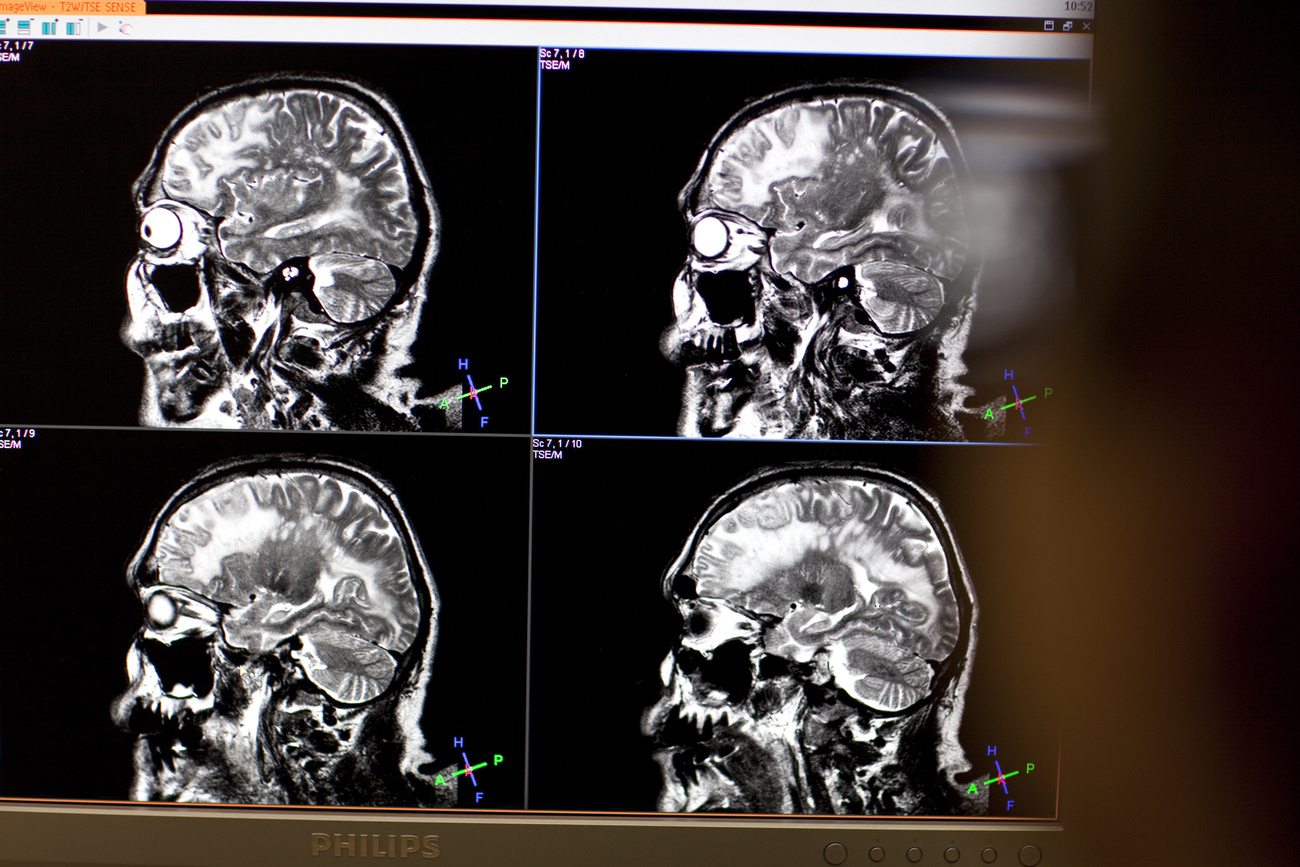
Researchers in Zurich have developed a technique for delivering drugs to the brain with pinpoint accuracy using focused ultrasound waves. They hope it can improve the treatment of psychiatric and neurological disorders and tumours.
The non-invasive method, published in the journal Nature CommunicationsExternal link, was developed by a team at the federal technology institute ETH Zurich.
It involves special drug carriers that wrap drugs in spherical lipid vesicles attached to gas-containing ultrasound-sensitive microbubbles. These are injected into the bloodstream, transporting them to the brain. The scientists then use focused ultrasound waves in a two-stage process: first, the drug carriers are concentrated at a particular spot within the brain.
“What we’re doing is using pulses of ultrasound essentially to create a virtual cage from sound waves around the desired site. As the blood circulates, it flushes the drug carriers through the whole brain. But the ones that enter the cage can’t get back out,” Mehmet Fatih Yanik, professor of neurotechnology, explained in a statementExternal link on Monday.
Then, a higher level of ultrasound energy causes the drug carriers to vibrate. The forces destroy the lipid membranes around the drugs, allowing them to be absorbed by the nerve tissue present.

Lower doses
Focused ultrasound is already employed in oncology to destroy cancer tissue at precisely defined points in the body. In the new method, however, the scientists work with much lower energy levels, which do not damage the tissue. They hope their discovery can also avoid the undesirable side effects of certain drugs.
“Because our method aggregates drugs at the site in the brain where their effect is desired, we don’t need nearly as high a dose,” Yanik said. In their experiments on rats, the quantity of drug that they used was 1,300 times smaller than a typical dose.
The scientists are currently testing the effectiveness of their method in animal models of mental illness, for example to reduce anxiety, of neurological disorders and to target lethal brain tumours that are surgically inaccessible. Once its effectiveness and advantages have been confirmed in animals, the researchers hope to apply their method to alleviate suffering in humans.

In compliance with the JTI standards
More: SWI swissinfo.ch certified by the Journalism Trust Initiative
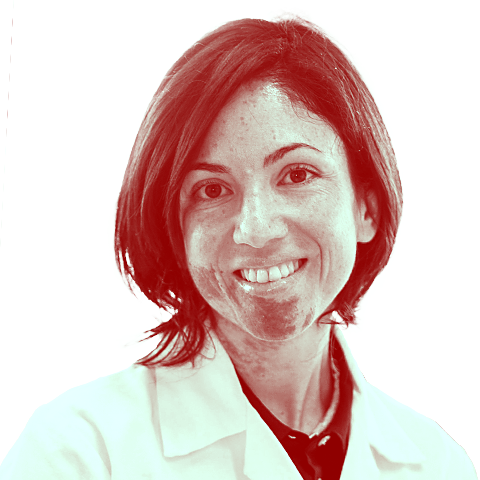

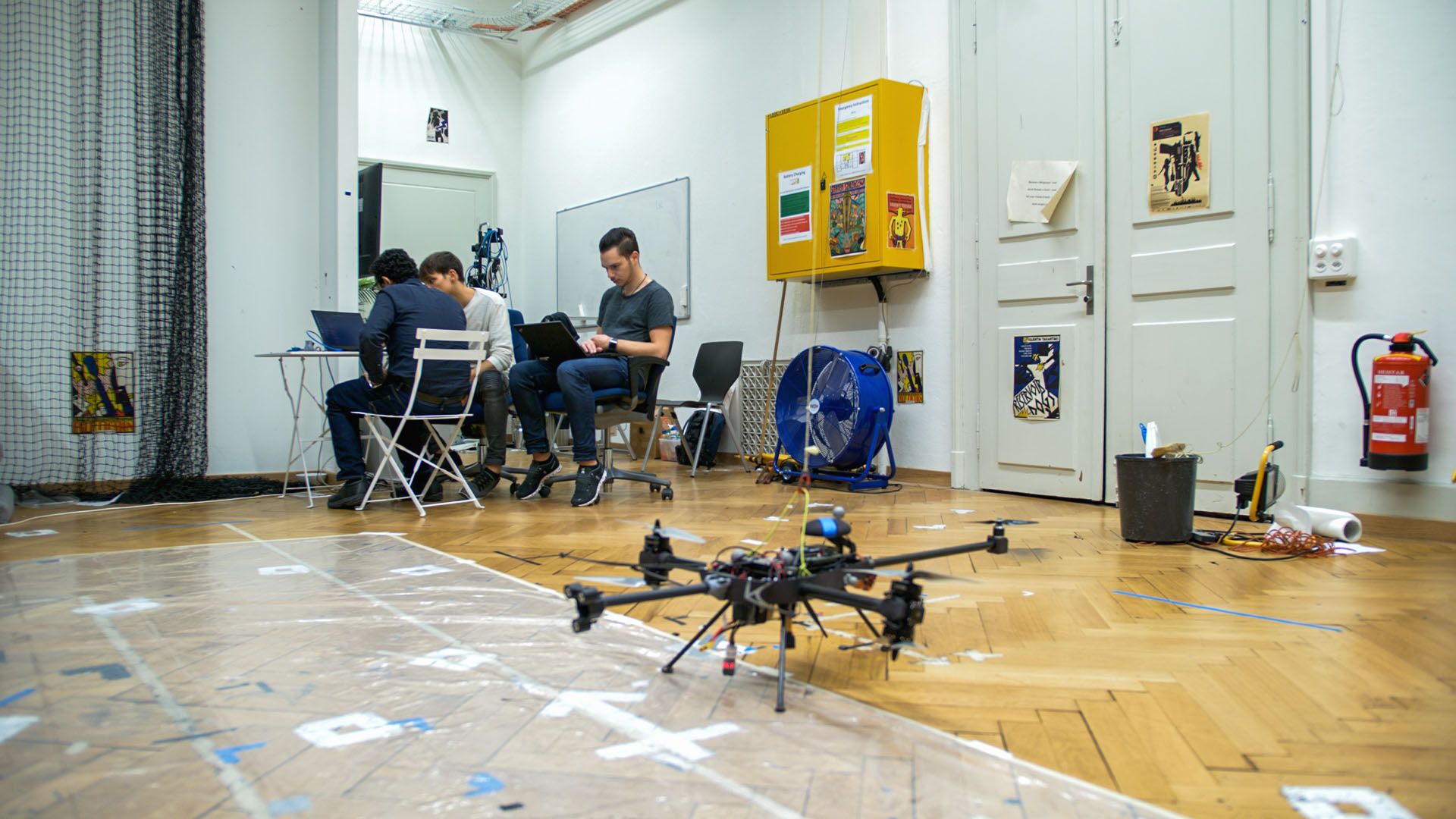
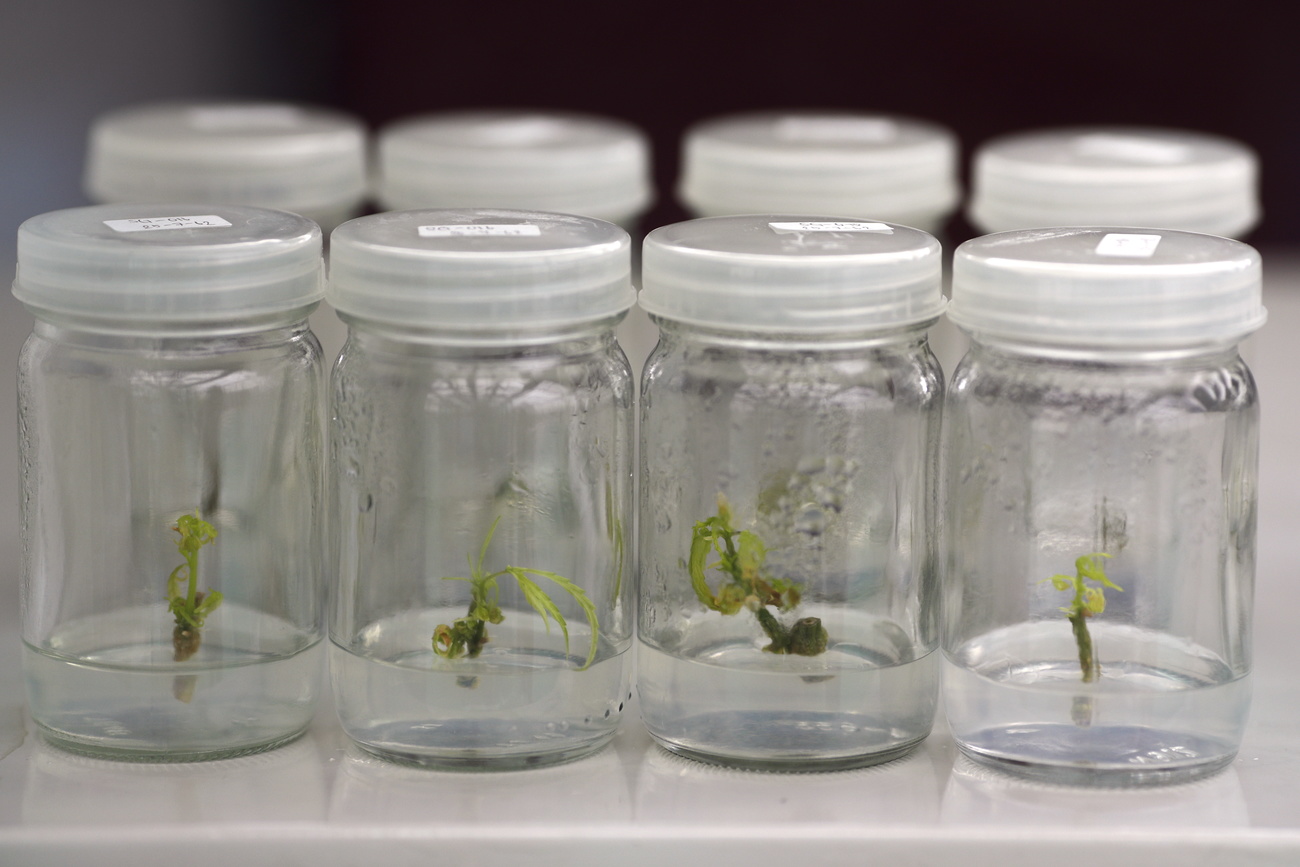

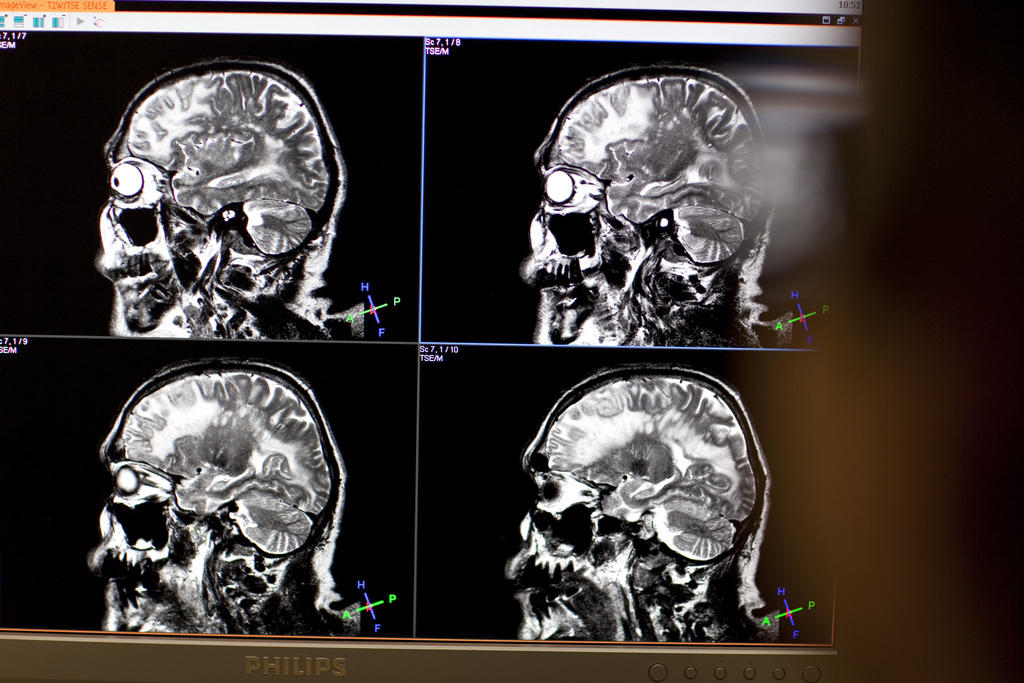
You can find an overview of ongoing debates with our journalists here. Please join us!
If you want to start a conversation about a topic raised in this article or want to report factual errors, email us at english@swissinfo.ch.